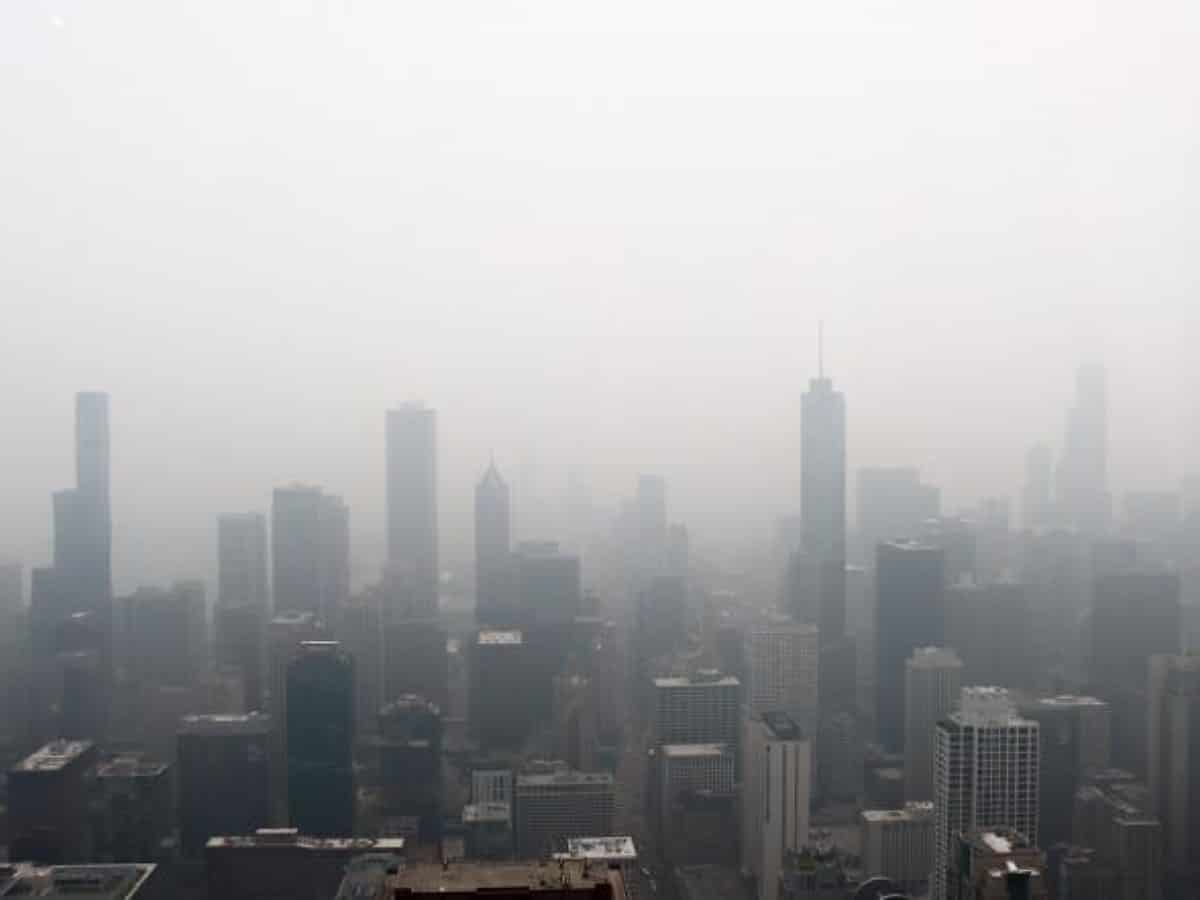
Hyderabad, the capital city of Telangana, has seen a marginal improvement in its air quality, according to the World Air Quality Report 2023 in December.
The city’s air quality in 2023 meets national standards but falls short of WHO guidelines.
The WHO recommends an annual average of 5 µg/cubic metre and a 24-hour average of 15 µg/cubic metre for PM 2.5.
However, data monitored by the Telangana State Pollution Control Board (TSPCB) in December 2023 reveals PM 2.5 levels of 88 µg/cubic metre in Pashamylaram.
Sanathnagar, Bolarum, Nehru Zoo Park and ICRISAT reported PM 2.5 levels of 73, 65, 60 and 57 respectively during the same period.
The major contributors to Hyderabad’ poor air quality is pollution from vehicle exhaust and road dust, with coal combustion also playing a significant role, according to TSPCB.
The city’s rapid urbanization and increased economic activity have led to an increase in personal, public, and para-transit vehicles, industrial output, and infrastructure burden.
To address the issue, the Centre has pledged to release funds under the 15th Finance Commission to the city for undertaking steps to curb pollution and improve the air quality in Hyderabad.
The city has also implemented measures such as promoting soft mobility solutions, improving pavements and pedestrian crossings, and organizing streets for people rather than cars.
Despite these efforts, air pollution in Hyderabad still exceeds national ambient standards, particularly for particulate matter.
The city needs to focus on controlling emissions from all known sources, especially road dust and waste burning, while also addressing technological and institutional challenges.
